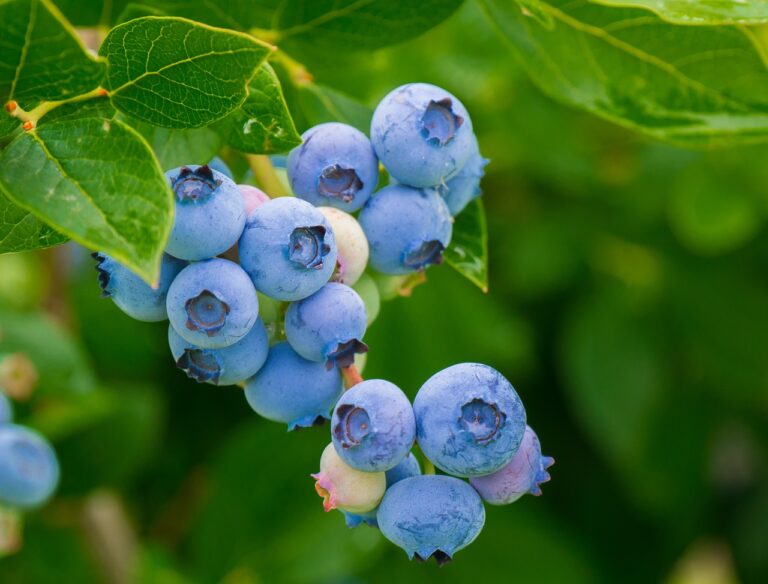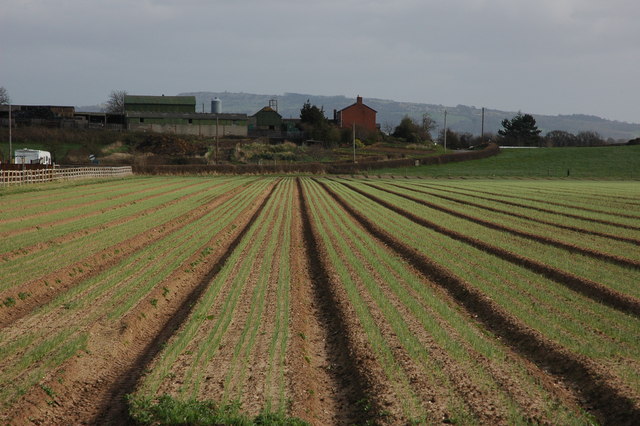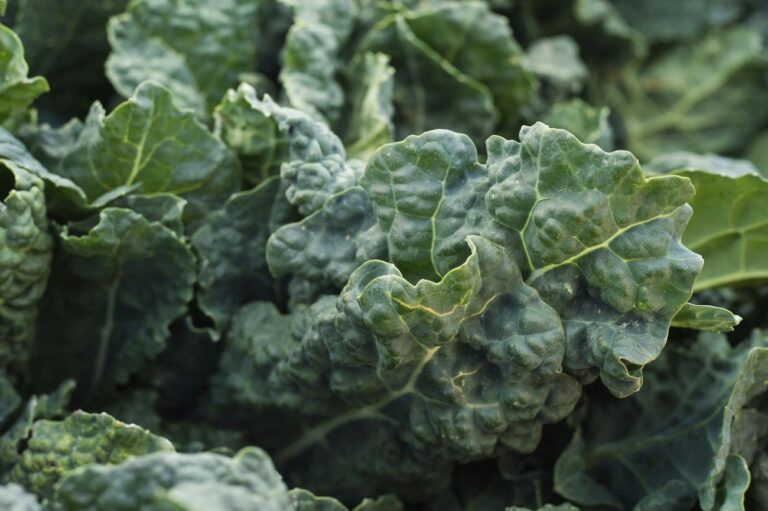Benefits of Using Grow Lights for Indoor Gardening in Kenya
Indoor gardening is rapidly gaining popularity in Kenya, with more and more people adopting this practice due to its numerous benefits. However, growing plants indoors comes with a unique set of challenges.
One of the most critical factors for indoor gardening is lighting. This is where grow lights come in handy.
Brief Overview of Grow Lights and Their Purpose
Grow lights are artificial light sources designed to mimic natural sunlight and provide the necessary light spectrum that enables plants’ growth indoors. They come in different types, including LED grow lights, HID grow lights, and fluorescent grow lights.
LED grow lights are by far the most popular option in Kenya due to their energy efficiency and low heat output compared to other types of lighting. These lights are long-lasting and require little maintenance, making them a great choice for indoor gardening enthusiasts looking for an economical option.
On the other hand, HID (high-intensity discharge) grow lights produce high levels of light intensity but also generate a lot of heat. Fluorescent grow lights are affordable but have relatively low levels of light output compared to other lighting options.
While natural sunlight provides all the necessary spectrum required for plant growth outdoors, it’s not always possible to get enough natural sunlight indoors; this is where grow lights come into play. With proper placement and adequate coverage area from these artificial lamps, indoor gardeners can achieve optimal plant growth throughout the year.
Using grow lights is an excellent way to supplement natural outdoor light sources for indoor plants’ optimal growth. In subsequent sections, we will delve deeper into different types of grow lights available in Kenya as well as factors one should consider before purchasing them.
Types of Grow Lights
LED Grow Lights: Efficient and Versatile
LED grow lights are becoming increasingly popular for indoor gardening in Kenya due to their energy efficiency, long lifespan and versatility. Unlike traditional incandescent bulbs, LED lights produce targeted wavelengths of light that plants need, while generating minimal heat. They are ideal for growing a range of plants including herbs, leafy greens and fruits.
One thing to note when using LED grow lights is that each plant has specific light requirements. For example, blue light promotes vegetative growth while red light enhances flowering.
Therefore, it is important to choose the right spectrum of LED lights for your plants’ specific growth stage. With proper selection and placement of LED grow lights, you can maximize your indoor garden yield in Kenya.
HID Grow Lights: Powerful but Hot
HID (High-Intensity Discharge) grow lights have been used for years by commercial growers due to their high output power. They produce a lot of heat so proper ventilation must be considered when setting them up in an indoor garden in Kenya .
HID grow lights are also less energy-efficient compared to other types like LEDs and require ballasts for operation. Despite these downsides, HID grow lights remain a popular choice because they offer an optimal spectrum of light for plant growth and are available at various wattages depending on the size of your indoor garden in Kenya.
Fluorescent Grow Lights: Budget-Friendly Option
Fluorescent grow lights are perfect if you’re just starting with indoor gardening or if you have a small budget. While they are not as powerful as HID or LED grow lights, fluorescent bulbs come in different spectrums that cater well towards different stages of plant growth.
In addition to being affordable, fluorescent bulbs emit very little heat which makes them suitable if you plan on growing light-sensitive plants indoors in Kenya. They are also easy to set up and maintain.
Fluorescent bulbs work well as supplemental lighting or for growing small plants such as herbs and microgreens in Kenya. Overall, with the different types of grow lights available in Kenya, you can choose the one that best suits your indoor gardening needs and budget while producing great yields.
Factors to Consider When Choosing Grow Lights
Light intensity and coverage area needed for plants
When choosing grow lights, it is important to consider the light intensity and coverage area needed for your plants. Different plants have different grow lights requirements, so you need to choose a grow light that will provide the right amount of light for your specific plants.
If you have a large growing area or plan to expand in the future, you may need more than one grow light. If you are using grow lights to start seeds, it is important to keep the lights close enough to the soil surface but not too close that they burn your seedlings.
You can adjust this distance by raising or lowering the lights as needed. But if you are growing mature plants such as tomatoes and peppers, then you may need a more powerful LED grow light that covers a wider area.
Spectrum of light required for different stages of plant growth
Different stages of plant growth require different spectrums of light. For example, seedlings require blue spectrum light while mature plants require red spectrum light. So when choosing a grow light, make sure it provides the right spectrum of light based on your plant’s growth stage.
LED grow lights Kenya are popular because they provide a full spectrum of color that can be adjusted according to your plant’s needs. These types of grow lights also use less energy compared to other options like HID and fluorescent bulbs.
Energy efficiency and cost-effectiveness
Energy efficiency and cost-effectiveness should also be considered when choosing a grow light system. LED grow lights are by far the most energy efficient option available today. They consume less electricity compared to HID bulbs and fluorescent tubes which means lower electricity bills for growers.
LEDs also last longer compared with other types of bulbs which means fewer replacements over time saving money in addition to providing better growth rates. When choosing the right grow lights in Kenya, it is important to consider the light intensity and coverage area needed for your plants, as well as the spectrum of light required for different stages of plant growth.
Energy efficiency and cost-effectiveness are also important factors you should consider. With these factors in mind, you can choose the best grow lights that will help you grow your indoor garden more effectively and with better results.
The Benefits of Using Grow Lights in Kenya
Ability to Grow Plants Year-Round
One of the biggest benefits of using grow lights in Kenya is the ability to grow plants year-round, regardless of the weather or season. This is especially important for farmers and growers who rely on their crops for income and need a consistent supply throughout the year. With grow lights, you can create an indoor garden that mimics outdoor conditions, providing your plants with the light they need to thrive.
Whether you’re growing leafy greens like lettuce and kale or flowering plants like orchids, having access to grow lights means you can harvest fresh produce or beautiful blooms no matter what time of year it is. Plus, you don’t have to worry about pests or other environmental factors that can damage outdoor crops.
Increased Crop Yields
Another advantage of using grow lights in Kenya is that they can increase crop yields significantly. By providing your plants with optimal lighting conditions, you can encourage healthy growth and ensure that each plant receives the same amount of light. This means that your crops will be more consistent in size and quality, making them more marketable and profitable.
LED grow lights are particularly effective at increasing crop yields thanks to their energy efficiency. Not only do they consume less energy than traditional HID bulbs, but they also emit less heat which reduces water loss from transpiration leading up to healthy plants.
Improved Quality and Consistency of Crops
In addition to increased yields, using grow lights in Kenya also improves the quality and consistency of your crops. Since plants grown indoors under artificial lighting aren’t subject to external factors like wind or rain, they tend to be more uniform in size and shape, making them easier to sell commercially. Furthermore, by controlling the spectrum of light emitted by your grow lights according to plant growth stage requirements from germination to flowering, you can foster the development of certain characteristics in your plants, like flavor or color.
This means that your produce will look and taste better, which can lead to increased demand and higher profits. Overall, using grow lights in Kenya is a smart investment for both commercial growers and home gardeners alike.
They not only allow you to grow plants year-round but also increase crop yields and improve the quality and consistency of your produce. With so many benefits, it’s no wonder that more people are turning to LED grow lights Kenya for indoor gardening.
Best Plants to Grow with Grow Lights in Kenya
Leafy Greens
Leafy greens are some of the easiest and most satisfying plants to grow with grow lights in Kenya. They do well under a variety of lighting conditions and are incredibly versatile in the kitchen.
Lettuce, kale, and spinach are excellent choices for indoor gardening using grow lights. When growing leafy greens under grow lights, it’s important to remember that they need plenty of light for photosynthesis.
You can adjust the distance between your plants and the light source as they grow to ensure that they get enough light without burning. Additionally, make sure to keep the soil consistently moist – leafy greens don’t like to dry out.
Herbs
Growing herbs indoors with grow lights is a great way to have fresh flavors at your fingertips all year round. Basil, cilantro, and parsley all do well when grown under artificial light.
When using grow lights for herbs, it’s important to choose a spectrum of light that mimics natural sunlight as closely as possible. You’ll also want to make sure that your plants have adequate drainage – herbs don’t like sitting in waterlogged soil.
Fruits
While growing fruit indoors with grow lights is more challenging than growing other types of plants, it’s definitely possible! Strawberries and tomatoes are two options that work well when grown using artificial light. When growing fruits under grow lights, it’s important to make sure that your plants get enough light for photosynthesis as well as warmth.
Tomatoes prefer warmer temperatures than other indoor crops so consider adding a space heater or warming pad if necessary. Additionally, be patient – fruit crops take longer than others and may require additional care throughout their growth cycle.
Tips for Using Grow Lights Effectively in Kenya
Proper Placement and Distance from Plants
When it comes to using grow lights in Kenya, proper placement and distance from plants are crucial. Depending on the type of grow light you have, different distances will be required for optimal growth. LED grow lights, for example, can be placed closer to your plants than HID or fluorescent lights.
However, all types of grow lights should be kept at least 12 inches away from your plants to avoid burning the leaves. In addition to distance, the height of your grow light also matters.
As your plants grow taller, you’ll need to adjust the height of the light accordingly. This can be done by raising or lowering the light fixture or by using adjustable hangers that allow you to easily change the height.
Regular Maintenance to Ensure Optimal Performance
In order for your grow lights in Kenya to work properly and provide optimal growth conditions for your plants, regular maintenance is necessary. This includes cleaning the bulbs and fixtures periodically to remove dust and debris that can block light output.
Another important aspect of maintenance is replacing bulbs as needed. Over time, bulbs will begin to lose their potency and become less effective at promoting plant growth.
It’s recommended that you replace bulbs every 6-12 months depending on usage. Make sure that your grow lights are plugged into a surge protector or power strip with a circuit breaker in case of electrical issues like power surges or shorts.
Final Thoughts
Using grow lights effectively in Kenya requires proper placement and regular maintenance. By following these tips on how to use grow lights properly you can ensure optimal growth conditions for your indoor garden. Remember that different types of plants have different requirements when it comes to lighting so do some research on their specific needs before setting up plant grow lights in Kenya.
With the right grow lights requirements, you can grow a wide range of plants indoors year-round and enjoy gardening even in limited spaces. Whether you want to learn how to set up plant grow lights for starting seedlings or growing herbs and greens, there’s a grow light option that will work for you.
Conclusion: Benefits of Using Grow Lights in Kenya
As we wrap up this article on grow lights for indoor gardening in Kenya, it’s worth taking a moment to recap the many benefits of using grow lights. By providing your plants with the right spectrum and intensity of light, you can cultivate healthy, thriving crops all year round.
One of the main advantages of grow lights is that they allow you to bypass the limitations of natural light. With grow lights, you can create a controlled environment that meets the unique requirements of various plant species.
Whether you’re growing leafy greens, herbs or fruits, using grow lights will help you achieve higher yields and better quality produce. In addition to boosting crop growth and quality, using grow lights also has other benefits.
For instance, growing your own food with indoor gardening can help reduce your carbon footprint and save money on groceries. Plus, it’s a fun and rewarding hobby that allows you to connect more deeply with nature.
Indeed, there are many reasons why more and more Kenyans are turning to indoor gardening with LED grow lights. Whether you’re an experienced gardener or just starting out, using plant grow lights is an effective way to cultivate healthy plants from seeds or bulbs.
So why not give it a try today? With these tips on how to use LED grow lights in Kenya effectively, you’ll be well on your way to cultivating a thriving indoor garden!







